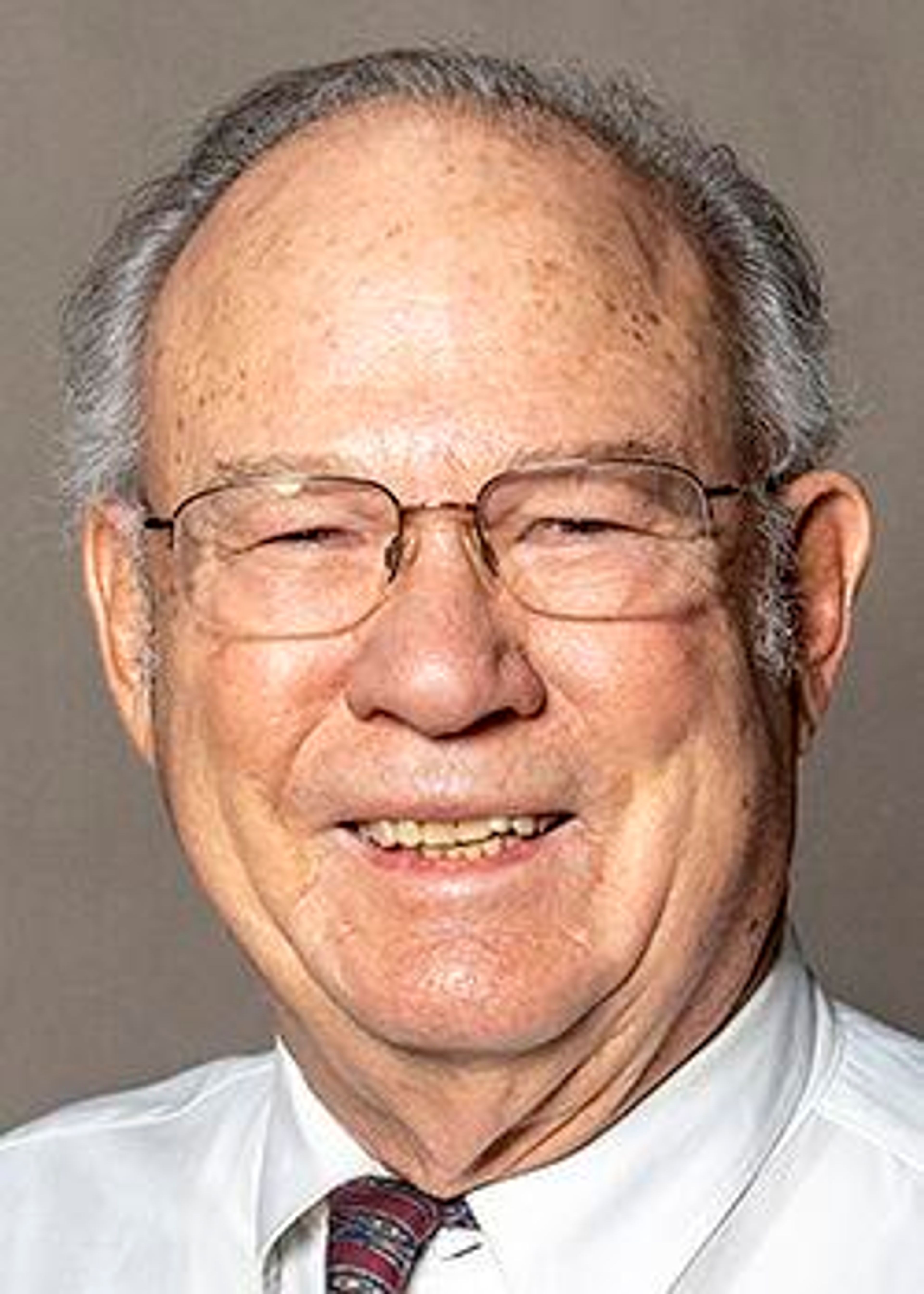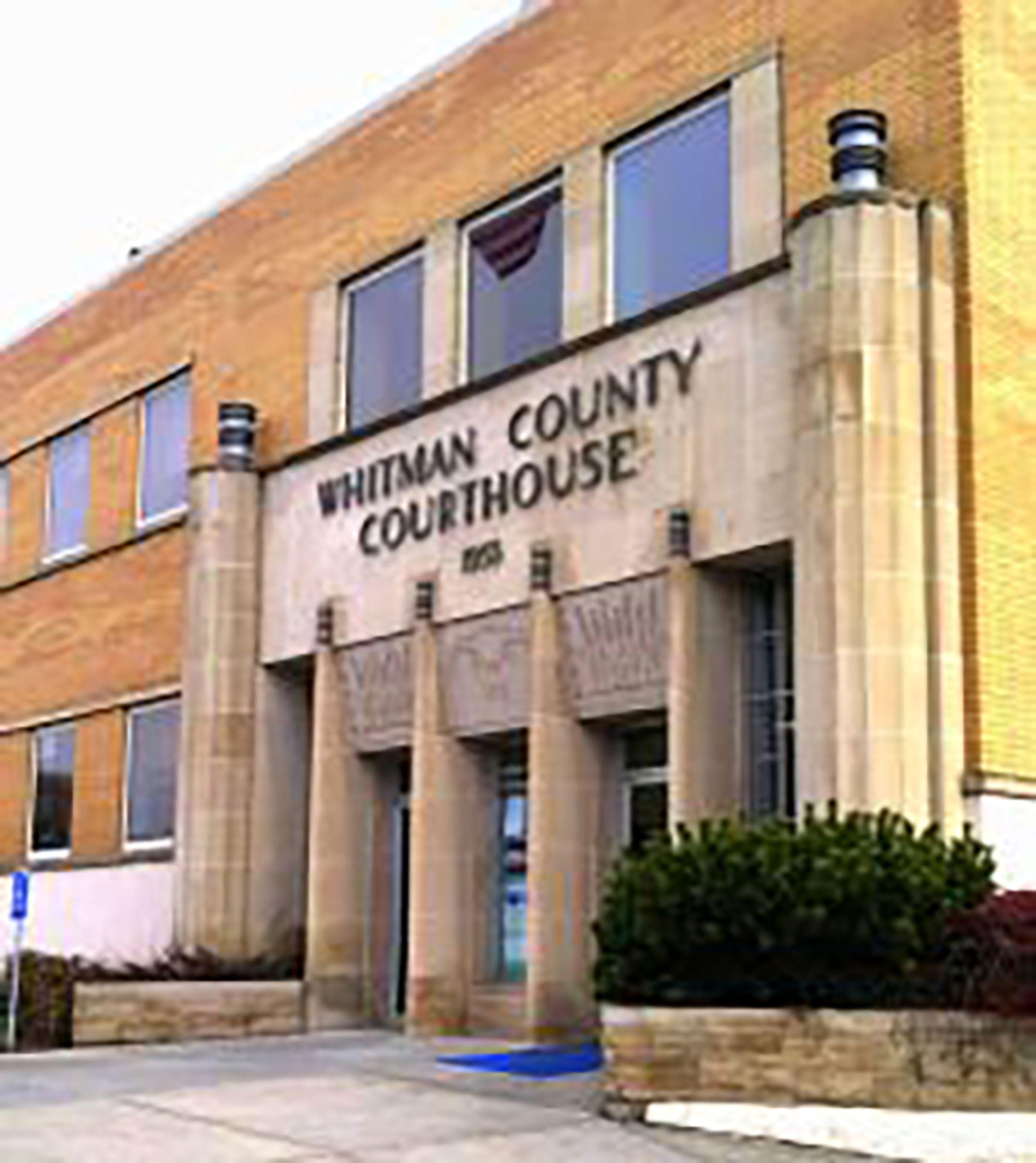SPOKANE — The year 2020 saw a resurgence in sweatpants thanks to more people working from home, but the Northwest Museum of Arts and Culture’s newest exhibit might give you some inspiration to dress up more even if you’re not leaving the house.
“Dressing the Abbey: The Iconic Wardrobe of ‘Downton Abbey’ ” is open until May 2. The exhibit features 38 costumes worn by the cast of the Emmy- and Golden Globe-winning series, which aired from 2010-15 on PBS and followed the lives of the aristocratic Crawley family and their servants. The exhibit also uses accessories and photographs to explore fashion during the World War I years, specifically 1912 through the mid-1920s.
“In the United Kingdom, the classes were very established at that time in history, and ‘Downton Abbey’ is as much about the servants as it is about the aristocracy they serve,” said Wes Jessup, executive director of the MAC. “It’s a really great cross-section of all the classes in this show.”
The costumes (museum speak for clothing, according to Jessup) in the exhibit include an outfit worn by housekeeper Mrs. Hughes, who was played by Phyllis Logan, a maternity dress worn by Lady Sybil Branson, played by Jessica Brown Findlay, and a party dress worn by Virginia Wolff, played by Christina Carty.
Dresses worn by Lady Sybil, Lady Mary (Michelle Dockery), Lady Grantham (Elizabeth McGovern) and the Dowager Duchess (Maggie Smith) at Lady Edith’s (Laura Carmichael) first wedding are also on display.
“The research that the firm that created these costumes did was intensive,” Jessup said. “They did a great job.”
Costume designers Susannah Buxton and Caroline McCall won an Emmy for outstanding costumes for a miniseries, movie or a special for their work on the first season of the show.
Jessup was also interested in the exhibit’s ability to show the changing of fashion over time, specifically the impact of World War I and the arts and crafts movement.
“You can actually track when some of these different styles are coming and going,” he said. “All these different things played into how the clothing looked at that time. It’s very educational.”
But Jessup was most excited to bring the “Downton Abbey” costumes to the MAC because it gave the museum a chance to highlight its own textile collection, which includes everything from clothing and quilts to flour sacks used in the Palouse. The “Dressing the Abbey” companion exhibition, “Spinning a Yarn,” is on display in the Camp-bell House.
This exhibit, the first in the museum’s Social Fabric Series, uses personal histories and period clothing to interpret the social fabric of the Campbell family’s era. “Spinning a Yarn” connects the Campbells and their contemporaries, examines the roles clothing plays in our lives and shares stories related to pieces from the MAC’s collection, which Jessup said includes a few thousand objects. The exhibit is on display through June 20.
“Our curator of history, Freya Liggett, is really tracking some of the individuals who the clothes belonged to,” Jessup said. “It’s a look to the history of Spokane and some of the names that would be familiar to Spokanites. ... The level of craftsmanship that was happening in the tailoring shops here in Spokane was pretty extraordinary.”
The hope of the Social Fabric Series, which will feature three exhibitions, is to highlight the museum’s textile collection and the Campbell House as an exhibition space, especially after the work to restore the house to its original state.
“I’m really interested to see how these period costumes show in the house,” Jessup said. “I think it’s a really fitting space for the work, and I think it has that much more impact when you see the pieces in the surroundings that would have been common or typical for the time period they were made.”
Tribal exhibits
“Reclaiming Culture: The Tlingit and Haida Tribes of Alaska Repatriation,” also is open, and features work soon to be returned to the tribes.
After discussions between the MAC and the Central Council of the Tlingit and Haida Indian Tribes of Alaska, a tribally appointed Tlingit delegation traveled to the museum to review its American Indian collection in 2018, facilitated by the MAC’s Tribal Collections Specialist Tisa Matheson and Harold Jacobs, director of cultural affairs for the tribe.
The delegation identified 16 items of cultural significance in the collection that, under the Native American Graves Protection and Repatriation Act, qualified for repatriation. The MAC has been given permission to display many of the items before they are returned. “Reclaiming Culture” is on display through May 2.
“We’re thrilled to have a kind of relationship with them that they would allow us to show them,” Jessup said. “Some of these objects have been in Spokane for 100 years, so this is their farewell display. They’re going home, and they’re not coming back. They’ll probably never leave the tribe. This is everyone’s last opportunity to look at these objects.”
‘Wartime’ exhibit
Also new to the MAC is “Witness to Wartime: The Painted Diary of Takuichi Fujii,” which opened on Jan. 23. “Witness to Wartime” coincides with the MAC’s current World War II exhibits, “Bomber Boys: Portraits From the Front” and “American Inheritance: Unpacking World War II,” both of which are on display through May 23.
“Witness to Wartime,” which is on display through May 16, features the illustrated diary of Fujii, one of 120,000 people of Japanese ancestry on the West Coast who was forcibly removed from his home and incarcerated during the war.
“2021 is the 75th anniversary of the last internment camp closing,” Jessup said. “The 75th anniversary of World War II was last year. Some of the camps stayed open longer, so this year is when the United States closed the internment camps and really put a lid on a really terrible moment in history for Japanese-Americans.”
During the more than three years between his removal and release from an internment camp in Minidoka in southern Idaho, Fujii created nearly 250 ink drawings and more than 130 watercolors of the camps and the routines and pastimes of the inmates, often experimenting with various styles of painting.
“Visually, it’s a real feast,” Jessup said. “It’s a beautiful show. I really like that it also puts the internment camps, you see them through the eyes of an artist versus usually you’re looking at photographs, you’re reading accounts. To have somebody give a different interpretation, I think it’s a very moving show.”
After being released from the internment camp and moving to Chicago, Fujii kept painting, and toward the end of his life, he created a series of black-and-white abstract expressionist paintings. These paintings, plus the American realist paintings he created in the 1930s, bookend his wartime work. Fujii died in 1964.
Looking at the museum as a whole, Jessup said the spring exhibitions are all shows the entire family and all generations can enjoy.
“This is a really unique batch of exhibitions,” he said. “I can’t think of a time when we had this variety and we had this kind of connection to our collections and the significance of them.”
What: "Dressing the Abbey: The Iconic Wardrobe of 'Downton Abbey' ” exhibit.
Where: The MAC, 2316 W. First Ave., Spokane.
When: 10 a.m.-5 p.m. Tuesdays through Sundays. The museum is open for private, 50-minute visits of groups of as many as six people from the same household.
Online: Reserve tickets at northwestmuseum.org.








